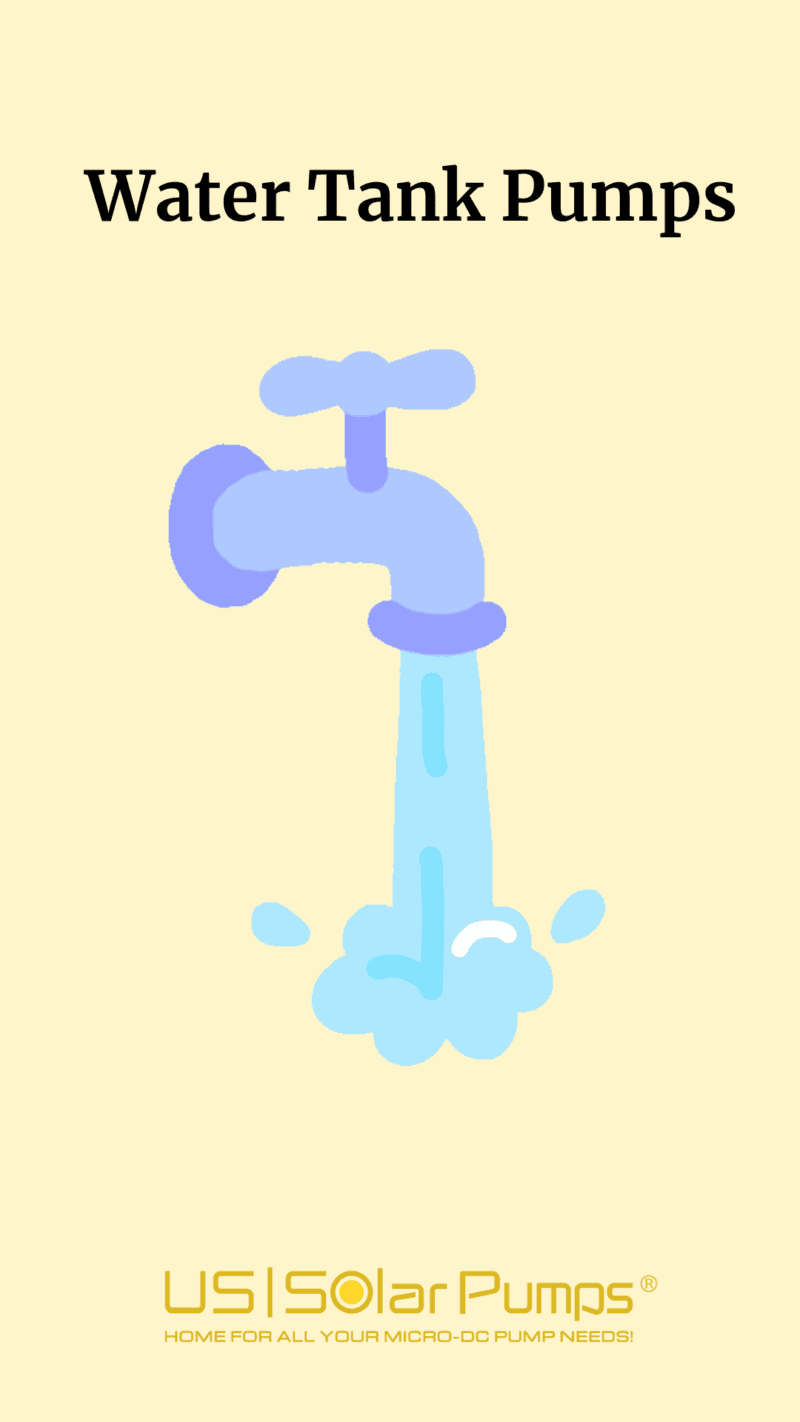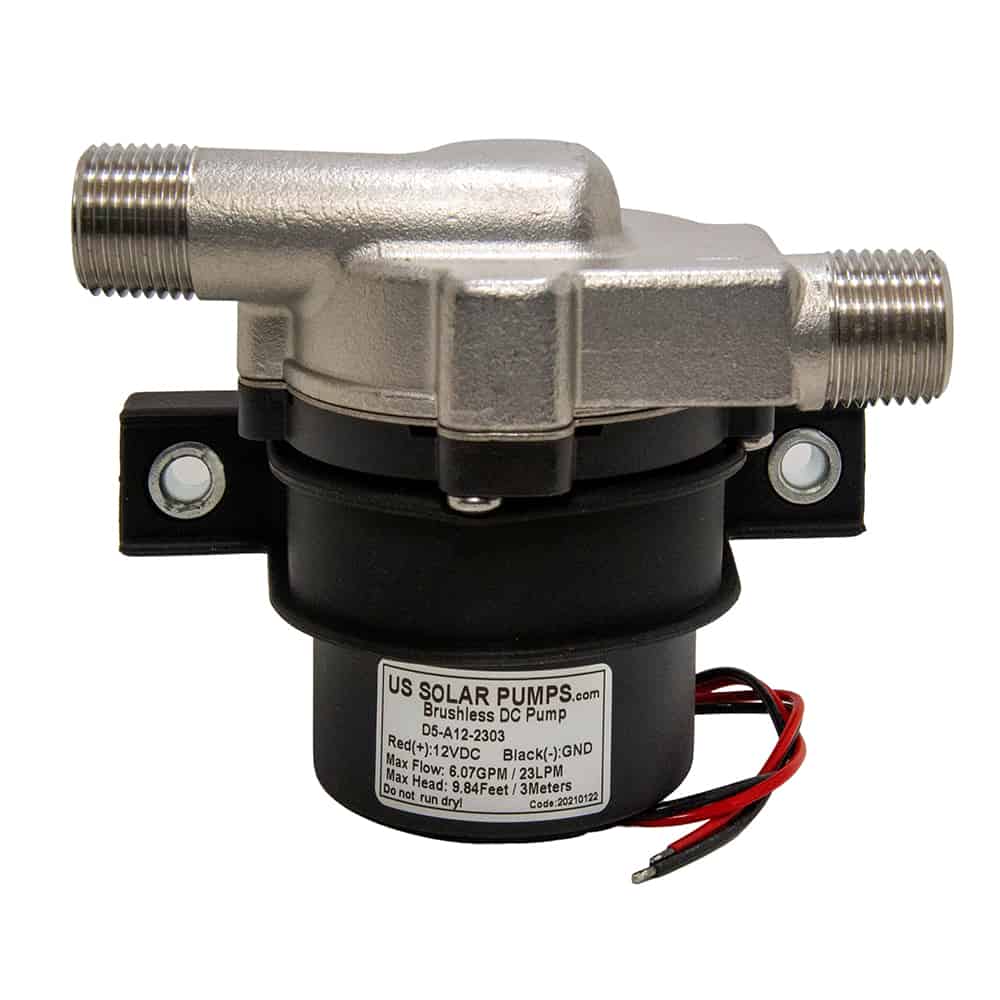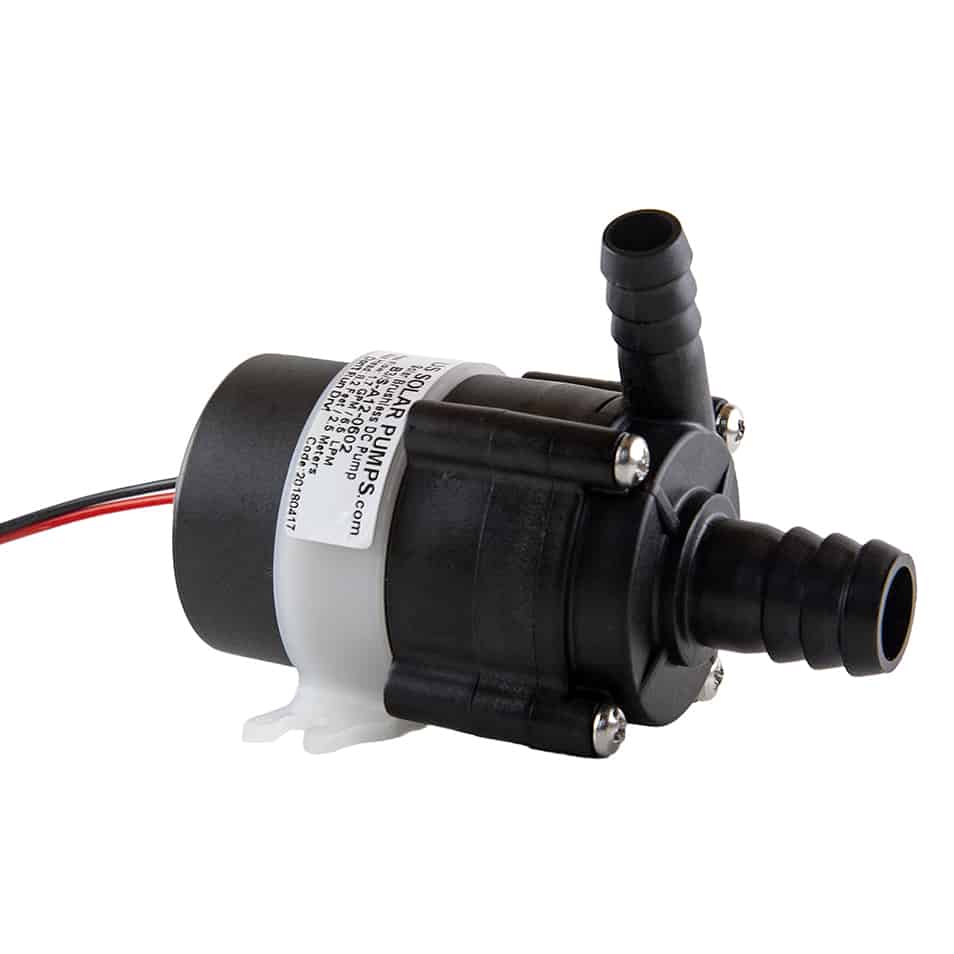Are you tired of low water pressure when you’re trying to water your garden or take a shower? A reliable and efficient water tank pump could be the solution to your problem. Whether you’re looking to replace an old pump or install a new one, choosing the perfect water tank pump is crucial for ensuring a steady flow of water in your home.
In this article, we will talk about selecting the ideal water tank pump that meets your needs. Don’t let low water pressure ruin your daily routines or hinder the functionality of your home. Read on to discover how to find the perfect water tank pump that will provide the adequate water pressure you need for all your water-related activities.
Importance of a Water Tank Pump
A water tank pump plays a vital role in maintaining adequate water pressure in your home. Without a proper pump, you may experience low water pressure, which can be frustrating and inconvenient. A reliable water tank pump ensures that water flows smoothly from your tank to your faucets, showers, toilets, and appliances.
Additionally, a water tank pump is essential for distributing water to different areas of your property, such as your garden or lawn. It allows you to efficiently water your plants and maintain a healthy and vibrant outdoor space. With the right water tank pump, you can enjoy consistent water pressure and optimize the use of water in your home.
Types of Water Tank Pumps at US Solar Pumps
When it comes to choosing a water tank pump, there are several types available on the market. Understanding the different types will help you make an informed decision based on your specific needs and preferences. Here are some common types of water tank pumps:
Centrifugal Pumps: Centrifugal pumps are the most commonly used type of water tank pump. They work by using centrifugal force to move water through the pump and create pressure. These pumps are durable, efficient, and suitable for a wide range of applications.
Submersible Pumps: Submersible pumps are designed to be submerged in the water tank. They are often used in deep wells or underground water sources. Submersible pumps are efficient and quiet, making them a popular choice for residential use.
Factors to Consider When Choosing a Water Tank Pump
Choosing the right water tank pump involves considering several factors to ensure the pump meets your specific needs and requirements. Here are some key factors to consider:
- Water Usage: Determine the average amount of water you use daily to determine the pump’s flow rate requirements. Different appliances and fixtures have specific flow rate requirements, so it’s important to choose a pump that can handle your household’s water demand.
- Pressure Requirements: Consider the desired water pressure for your home. If you have multiple stories or large distances between the water source and the fixtures, you may need a pump capable of providing higher pressure to ensure adequate water flow.
- Power Supply: Determine the power supply available for the pump. Some pumps require electricity, while others can be powered by solar energy or generators. Consider the availability and reliability of the power source to ensure your pump operates consistently.
- Noise Level: If noise is a concern, consider pumps that are designed to operate quietly. Submersible pumps, for example, are known for their quiet operation, making them suitable for residential use.
- Durability and Maintenance: Look for pumps that are built to last and require minimal maintenance. Choosing a pump with durable materials and easy-to-replace components can save you time and money in the long run.
Understanding Water Tank Pump Specifications
When researching water tank pumps, you will come across various specifications that describe the pump’s performance and capabilities. Understanding these specifications will help you make an informed decision and choose a pump that matches your needs. Here are some common specifications to consider:
- Flow Rate: The flow rate refers to the amount of water the pump can deliver per minute. It is usually measured in gallons per minute (GPM). Consider your household’s water demand and choose a pump with a flow rate that can meet your needs.
- Pressure Rating: The pressure rating indicates the maximum pressure the pump can generate. It is typically measured in pounds per square inch (PSI). Ensure that the pump’s pressure rating is sufficient to meet your desired water pressure.
- Voltage: Consider the voltage requirements of the pump and ensure it matches the available power supply in your home. Using a pump with the wrong voltage can result in inefficient operation or damage to the pump.
- Pump Material: The material used in the construction of the pump can affect its durability and resistance to corrosion. Common materials include stainless steel, cast iron, and thermoplastic. Choose a pump with materials that are suitable for your specific water conditions.
Installation Process for Water Tank Pumps
Installing a water tank pump may require professional assistance, especially if you’re not familiar with plumbing or electrical work. However, if you’re confident in your DIY skills, you can attempt to install the pump yourself. Here are the general steps involved in installing a water tank pump:
- Determine the Pump Location: Choose a suitable location for the pump near the water tank. Ensure that the area is well-ventilated and easily accessible for maintenance.
- Install the Pump: Follow the manufacturer’s instructions to install the pump, including connecting the necessary pipes and fittings. Ensure that all connections are secure and leak-free.
- Connect the Power Supply: If the pump requires electricity, connect it to the power supply following the manufacturer’s instructions. Ensure that the power source is properly grounded to prevent electrical hazards.
- Test the Pump: Once the installation is complete, test the pump to ensure it operates smoothly and provides the desired water pressure. Monitor for any leaks or unusual noises during the testing process.
If you’re unsure about any aspect of the installation process, it’s best to consult a professional plumber or electrician to ensure a safe and proper installation.
Choosing the Right Size of Water Tank Pump
Choosing the right size of water tank pump is essential to ensure optimal performance and efficiency. An undersized pump may not provide sufficient water pressure, while an oversized pump may consume unnecessary energy. Here are some factors to consider when determining the appropriate pump size:
- Water Usage: Calculate the average water demand in your household to determine the required flow rate. Consider the number of fixtures, appliances, and occupants in your home to estimate the necessary pump capacity.
- Pipe Diameter: The diameter of the pipes in your plumbing system can affect the pump’s performance. Ensure that the pump is compatible with the pipe size to avoid any restrictions or inefficiencies.
- Elevation: If your property has multiple stories or significant elevation differences, consider a pump capable of providing adequate pressure to overcome these challenges.
- Future Expansion: If you anticipate any future additions or renovations that may increase the water demand in your home, it’s advisable to choose a pump with a higher capacity to accommodate these changes.
Conclusion
Choosing the perfect water tank pump is crucial for maintaining adequate water pressure and ensuring a steady flow of water in your home. Consider factors such as water usage, pressure requirements, power supply, and maintenance needs to select a pump that meets your specific needs. Understand the different types of water tank pumps and familiarize yourself with the various specifications to make an informed decision.
Don’t let low water pressure hinder the functionality of your home. Invest in a reliable and efficient water tank pump to ensure a consistent flow of water for all your water-related activities. With the right water tank pump, you can enjoy adequate water pressure for showers, appliances, and outdoor watering, making your daily routines more convenient and enjoyable.
Follow us on Facebook, Instagram, Pinterest, Twitter, and YouTube for more posts and information about our pumps.
If you have any questions or doubts, feel free to contact us. We’d be happy to help you find the pump you need!



